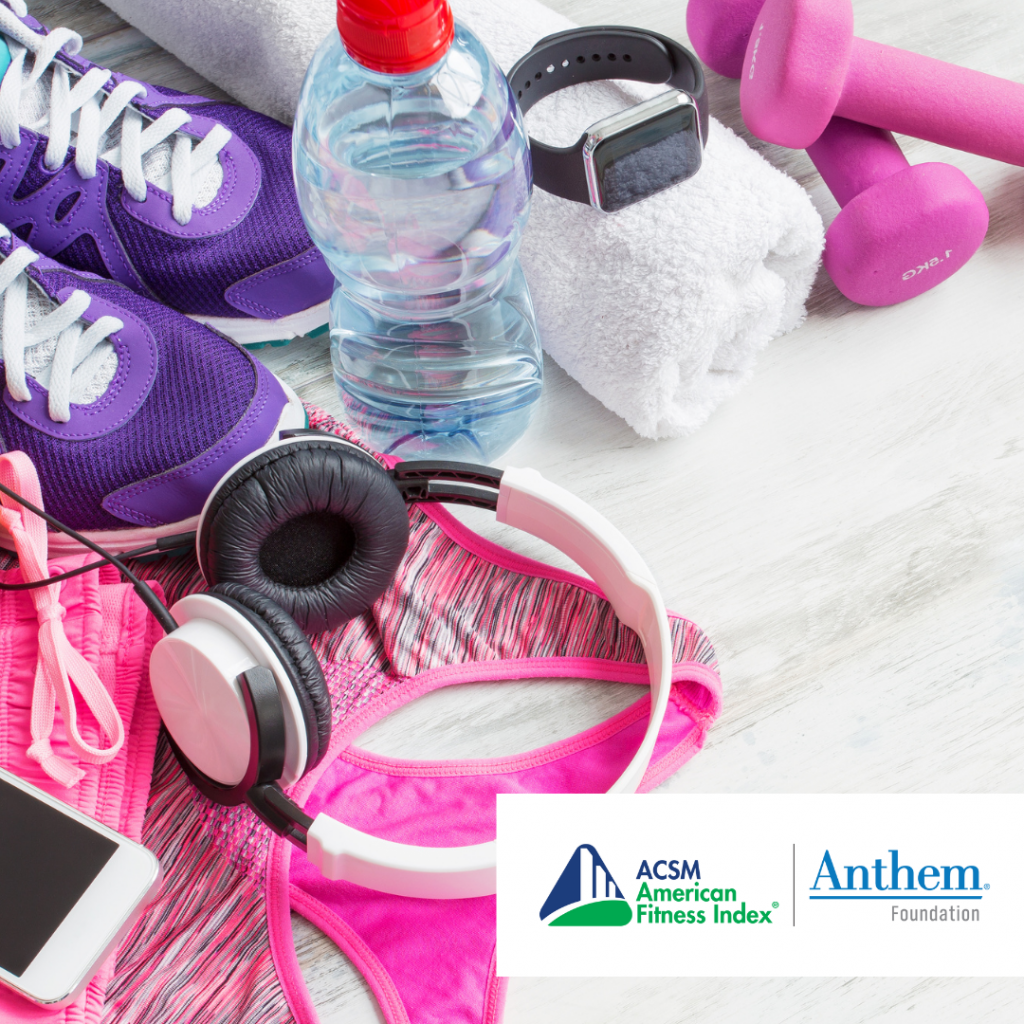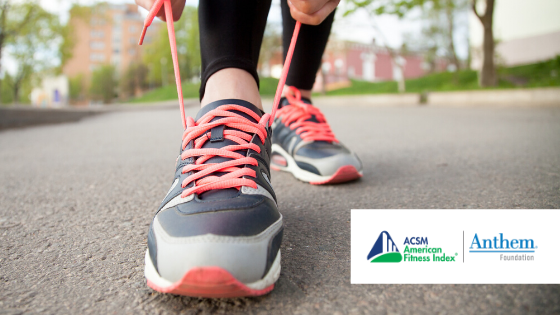If you’re among the millions of Americans who want to start moving more in the new year, finding resources to exercise safely can be challenging. Whether you’re just getting started or a gym pro, ACSM has resources to help you move more and sit less!
Turn on the Tech
ACSM’s Health & Fitness Journal® has announced the top fitness trends for 2022: Wearable technology tops the list for the 3rd time in four years, followed by home exercise gyms and outdoor activities. Learn about the top 10 trends and access free resources!
Wearable technology like smart watches and heart rate monitors can measure your steps, calories, heart rate, respiration, oxygen saturation and much more. Regardless of device or brand, using fitness tracker technology can help motivate you and can keep you accountable to your goals.
Home Sweet Home
If you’re looking to stay active at home, ACSM offers free on-demand exercise classes, help selecting a virtual fitness class, as well as tips for equipping a home gym.
ACSM Summit Workouts | YouTube Playlist Need a full at-home workout? Check out these workouts that were presented at previous ACSM Health & Fitness Summit events!
Exercise at Home: Options for People with Disability or Chronic Health Conditions | Video from ACSM partner NCHPAD
Virtual Fitness: Choosing A Program That Is Right for You | From ACSM’s Health & Fitness Journal®
Home Weight Room Equipment | Infographic
3 Essentials for Building a Home Gym | Blog Looking to outfit your home gym? Here are tips for optimizing your set up, regardless of your budget, and a breakdown of the most common equipment that you can purchase so you can determine which items are best for you!
Pandemic Safety
The COVID-19 pandemic continues to challenge communities around the world. Getting and staying active is a great way to strengthen your immune system, reduce anxiety, and improve sleep quality. In fact, adults that were inactive before diagnosis were 2.49 times more likely to die of COVID-19 than those that met the physical activity guidelines1.
Staying Physically Active During the COVID-19 Pandemic | Explore ACSM’s curated resources to help you and your family stay physically active during the pandemic.
Safe Return to Physical Activity After COVID-19 | Read Dr. Meredith Turner’s recommendations for returning to physical activity following a COVID-19 diagnosis based on the severity of infection and duration of symptoms.
Tips to Get Moving Again After COVID-19 | Infographic from the EIM Clinical Practice Committee
Reference:
- Sallis R, Young DR, Tartof SY, et al. Physical inactivity is associated with a higher risk for severe COVID-19 outcomes: a study in 48 440 adult patients. British Journal of Sports Medicine 2021; 55: 1099-1105.










